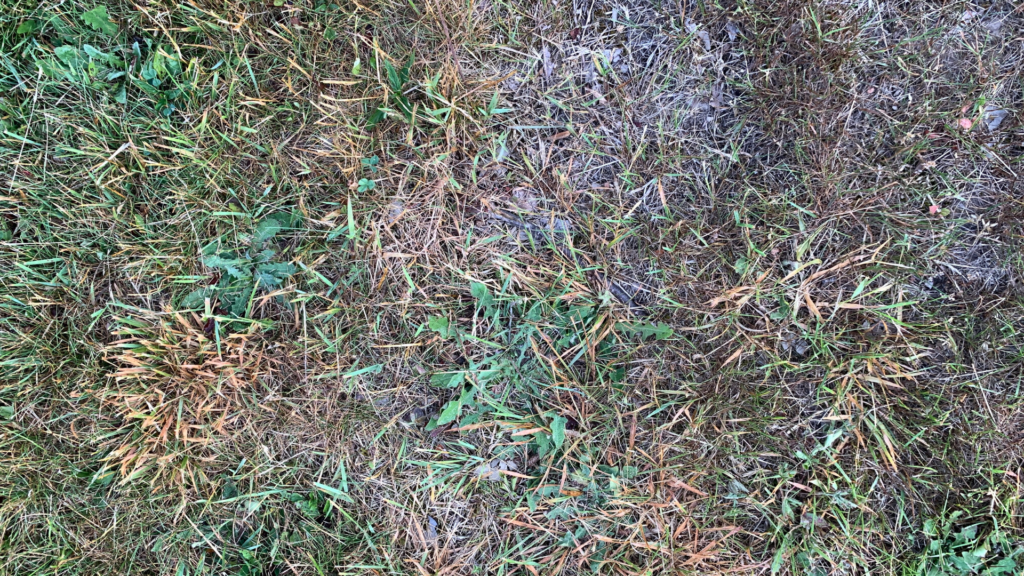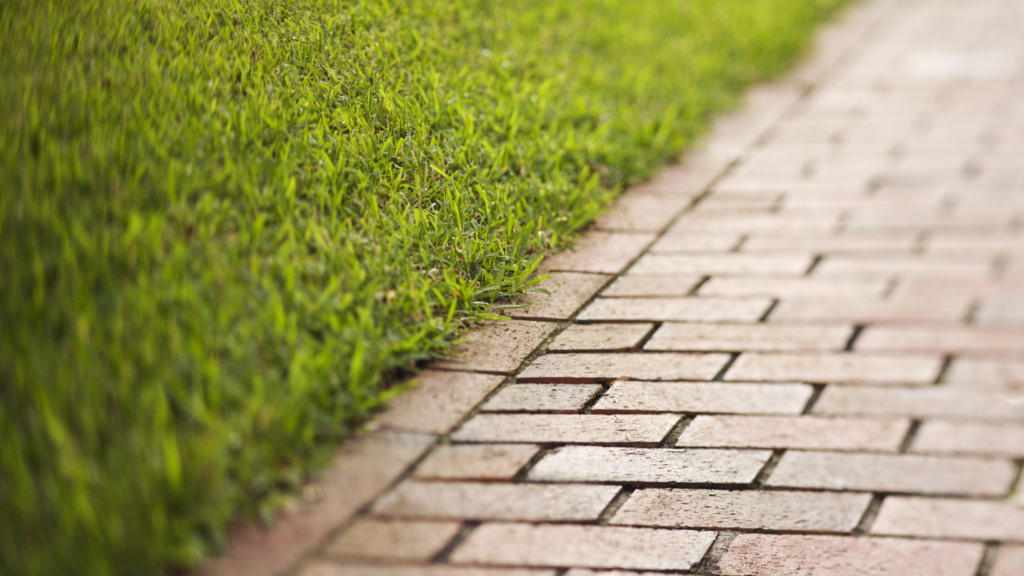
Identifying and Addressing Soil Compaction During Fall
Soil compaction is a common problem for lawns, especially if there's a lot of foot traffic or heavy equipment used in your yard. Compacted soil can make it hard for grass roots to grow, leading to a weak and unhealthy lawn. Understanding soil compaction and how to deal with it is important for maintaining a lush, green lawn.

Soil compaction happens when soil particles are pressed together, reducing the space between them. This makes it tough for water, air, and nutrients to reach the roots of your grass. As a result, your lawn might look thin, even if you water and fertilize regularly. Identifying whether your lawn has compacted soil is the first step to fixing the issue.
Sup-R-Soil is a helpful solution that can reduce soil compaction. This product makes it easier for water and nutrients to penetrate the soil, promoting healthier root growth. In this article, we'll explore what soil compaction is, how to spot it, and how Sup-R-Soil can help. We'll also share simple steps you can take to prevent soil compaction in the future.
What Is Soil Compaction and How It Affects Your Lawn
Soil compaction occurs when soil particles are pressed together, reducing the pore space between them. This makes it difficult for water, air, and nutrients to move through the soil and reach the roots of your grass. Over time, compacted soil can create a hostile environment for grass roots, leading to weaker and less resilient lawns.
Compacted soil impacts your lawn in several ways. First, it limits root growth. Grass roots need space to grow and spread, and compacted soil doesn't provide that. This can result in a thinner lawn that struggles to absorb water and nutrients. You might notice that no matter how much you water and fertilize, your lawn still looks unhealthy.
Secondly, compacted soil makes it hard for water to penetrate the ground. This can lead to water runoff and puddling on the surface, which can further damage your grass. Poor drainage can also cause root rot and increase the risk of fungal diseases. Understanding soil compaction and its effects is the first step to fixing your lawn's problems.
Signs Your Lawn has Compacted Soil
Recognizing the signs of soil compaction helps you address the problem before it worsens. Here are some common indicators that your lawn may be suffering from compaction:
1. Standing Water: If you notice water pooling on the surface after watering or rain, it's a sign that the soil is too compacted for water to seep through.
2. Thin or Patchy Grass: Grass struggling to grow evenly indicates that roots can't expand due to compacted soil. This results in patchy lawn areas.
3. Hard Soil Surface: A compacted lawn often feels hard to the touch. You might find it difficult to push a shovel or garden fork into the soil.
4. Weed Growth: Weeds thrive in compacted soil because they can survive in poor soil conditions better than grass can. An increase in weeds could mean your grass isn't getting the nutrients it needs.
5. Poor Root Development: If you pull up a section of grass and see shallow roots, it's a clear sign that the soil is too compacted for roots to penetrate deeply.
Identifying these signs early allows you to take action and treat soil compaction effectively. By recognizing and addressing these symptoms, you can improve the health and appearance of your lawn.
How Sup-R-Soil Alleviates Soil Compaction
Sup-R-Soil is an effective solution designed to combat soil compaction. This product works by breaking down compacted soil particles, creating more space for air, water, and nutrients to reach the grass roots. By improving the soil structure, Sup-R-Soil helps restore a healthier environment for your lawn to thrive.
One of the main benefits of Sup-R-Soil is that it enhances water infiltration. When soil is less compacted, water can move more freely through the ground. This reduces surface runoff and ensures that the roots get the moisture they need. Proper water penetration also helps prevent puddles that can lead to root rot and other water-related issues.
Sup-R-Soil also supports nutrient uptake. With more pore space in the soil, nutrients can travel down to the root zone more efficiently. This means that the fertilizer you apply to your lawn will be more effective, promoting stronger and healthier grass. Using Sup-R-Soil regularly can make a significant difference in the overall health and appearance of your lawn.
Simple Steps to Prevent Soil Compaction in the Future
Preventing soil compaction can keep your lawn healthy and reduce the need for constant treatments. Here are some simple steps to help prevent compacted soil:

1. Limit Foot Traffic: Try to reduce heavy foot traffic on your lawn, especially in the same areas. This helps avoid constant pressure on the soil, which can lead to compaction.
2. Use Walkways: Install walkways or stepping stones in high-traffic areas. This directs foot traffic away from the grass and helps keep soil in better condition.
3. Water Correctly: Water your lawn deeply but less frequently. Deep watering encourages roots to grow deeper, making the grass more resistant to compaction.
4. Mow Properly: Avoid mowing when the soil is wet, as this can compact the soil. Also, keep your mower blades sharp to ensure a clean cut.
5. Add Organic Matter: Incorporate compost into your soil. Organic matter helps improve soil structure and reduces compaction over time.
6. Regular Liquid Aeration: Use liquid aeration treatments to keep the soil loose and improve its structure. This can be a key part of your lawn care routine.
By following these steps, you can create a lawn environment that is less prone to soil compaction and more resilient over time.
Conclusion
Soil compaction can pose a significant challenge to achieving a lush and healthy lawn. Understanding its effects and recognizing the signs early can make a big difference in your lawn care routine. Using Sup-R-Soil can help break down compacted soil and improve water and nutrient absorption, giving your grass a better chance to thrive. By also taking preventive measures, such as limiting foot traffic, using walkways, and applying regular liquid aeration treatments, you can maintain a vibrant lawn year-round.
At Fairway Lawns, we offer a range of solutions to keep your lawn healthy and beautiful. If you're struggling with soil compaction or want to learn more about how Sup-R-Soil can help, reach out to us today. Let us help you achieve the lawn of your dreams with professional care and expert advice.